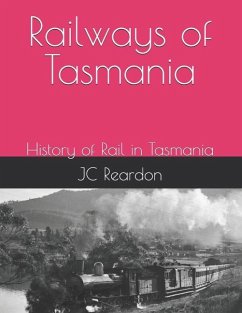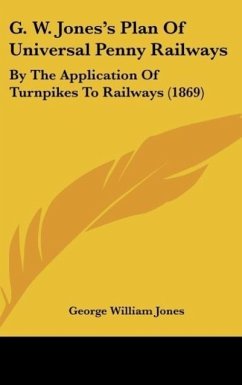The History of Railways in Tasmania Tasmania, Australia's island state, has a rich railway history that reflects the region's economic and social development. Railways played a crucial role in shaping Tasmania's industries, particularly mining, logging, and agriculture. Over the years, the railway system has evolved, with lines being built, extended, and ultimately closed in response to shifting economic circumstances. Today, only a small portion of Tasmania's railway infrastructure remains operational, primarily for freight services. This article explores the origins, expansion, decline, and modern legacy of Tasmania's railway network. Origins and Early Development Railway development in Tasmania began in the 19th century, following the global trend of industrial advancement. The first railway proposal emerged in the 1850s, as Tasmania sought to improve transportation for its burgeoning industries. Before railways, goods and people moved via poor-quality roads or coastal shipping, both of which were slow and inefficient. The first operational railway line in Tasmania was the Launceston and Western Railway (LWR), which opened in 1871. This railway connected Launceston to Deloraine, a critical route for transporting agricultural products and timber from the northern parts of the island. The LWR was built to the 5 ft 3 in (1,600 mm) broad gauge, differing from later railways which adopted the narrower 3 ft 6 in (1,067 mm) gauge for cost-effectiveness and adaptability to rugged terrain. Another early railway was the Tasmanian Main Line Railway (TMLR), linking Hobart and Launceston. The TMLR began construction in 1872 and was completed by 1876. Its completion was a significant milestone, as it allowed for quicker travel and transport between Tasmania's two largest cities. Expansion and Industrial Use As Tasmania's economy grew, more railway lines were developed to support industries like mining and forestry. The mining boom of the late 19th and early 20th centuries led to the construction of lines connecting mining towns to ports and major settlements. Key mining-related railway projects included: * The Mount Lyell Railway (1896): Built to transport copper from the Mount Lyell mine in Queenstown to the port at Strahan, this narrow-gauge railway tackled difficult terrain and became famous for its steep inclines. * The Emu Bay Railway (1897): A privately owned railway serving the rich mineral deposits of western Tasmania, linking Zeehan to Burnie for export. * The North East Dundas Tramway (1898): A narrow-gauge railway used to transport tin and other minerals from the Zeehan region. The timber industry also relied heavily on railways. Companies built small private logging railways to haul timber to sawmills and ports. The Ida Bay Railway, one of the last of its kind, remains as a tourist attraction today. The Tasmanian Government Railways (TGR), established in the early 20th century, played a central role in unifying and expanding railway operations across the island. The government acquired private lines and developed new routes, including connections to rural areas, which boosted agricultural exports.
Hinweis: Dieser Artikel kann nur an eine deutsche Lieferadresse ausgeliefert werden.
Hinweis: Dieser Artikel kann nur an eine deutsche Lieferadresse ausgeliefert werden.








